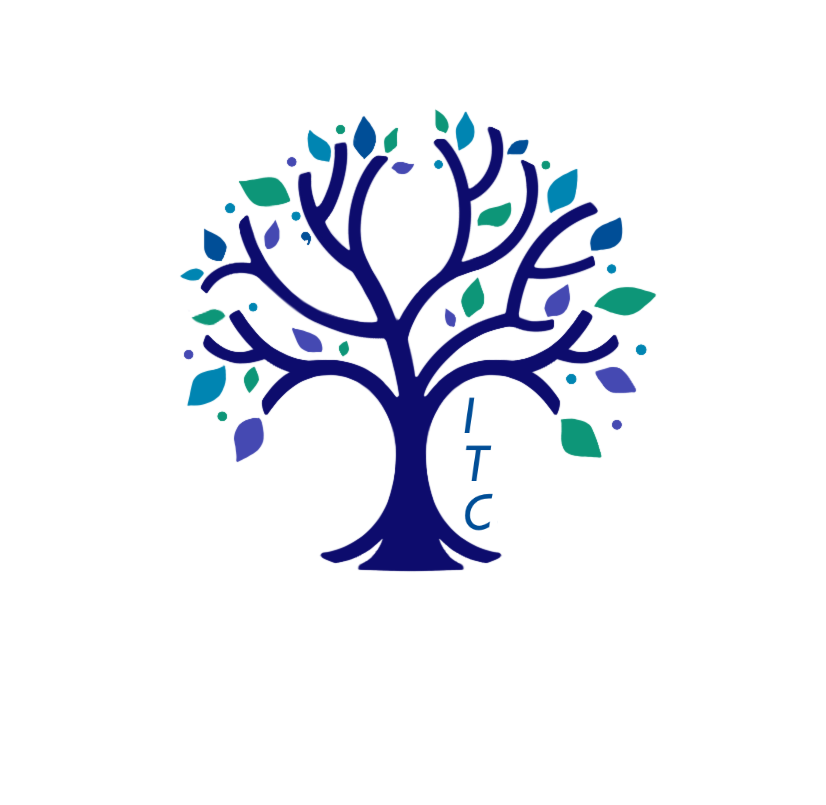Nature as Healer, Nature as Friend
The daily practice of remembering and connecting on a deep somatic level with nature is a very powerful component of healing. I say remembering (re-membering) because nature is not something that we could possibly be separate from (we are it!). However, much modern discourse and conditioned assumptions about nature – as resources, as something outside of us, as a destination or somewhere to occasionally visit – has separated our awareness (and thus our bodies) from our evolutionary participation as and with nature.
To re-member is to come back into wholeness, a powerful component of healing because there is ancient memory living in our bodies – in our cellular make-up, in our DNA – informed by 99.9(ish)% of our collective ancestry, that knows where we came from. This cellular memory responds very favorably to immersion in ecology.
Transformative and healing benefits of nature have been well documented in scientific literature. A 2021 review of research1, including participants of diverse populations worldwide, highlighted numerous positive effects of nature exposure: stress reduction, improved mood, emotional balance, cognitive boosts, lower blood pressure, higher immune function, enhanced attention, lower obesity, better-quality sleep, improved birth outcomes, reductions in asthma symptoms, significantly reduced risk of cancers, faster recovery from surgery and illness, and lower mortality rates.
The research and associated statistics are extremely positive, but do they really reconnect us? Knowledge is wonderful, but unless the message really touches the heart, we may overlook the sacred relationship that nature is always offering. How can we begin to embody it?
Here are a few practices to deepen a somatic, felt-sense relationship to ecology. Keep in mind that – unless you grew up in a tradition in which similar practices were commonplace – they may feel strange or awkward at first. Try them anyway! It may help to visit a relatively unpeopled place so you can unselfconsciously experiment. The bond you are mutually building (because nature wants it, too, you know!) will foster healing, joy, wonder, and affection.
Upon entering a natural space – a park, wetland, trail, beach, river, or wherever – introduce yourself. Speak your name and greeting out loud. Express appreciation for the opportunity to explore or rest in the environment. Many traditions encourage asking the land permission to pass upon it. Not a bad idea! Respect begets friendship.
Take the opportunity to sit with a particular Earth being (rock, tree, river, plant). Begin by simply being with it, sitting with it as you would a friend, for 10 or so minutes. Talk to it, out loud or with thought. Then listen. You likely won’t hear a response in the way you’re accustomed, but notice what comes up in your body, your imagination, your other senses, and your intuition.
Spend some time observing dynamic features of an environment. For example, visit a tidepool or rocky beach and watch how incoming waves interact with the landscape. Watch as they splash, cover, recede, surround, and dance with solid formations. Feel into the liveliness of what you are observing. Nature is in a near-constant state of play!
Mirror the movements of animals. Not only is it super fun, but many components of ancient healing practices, such as Qi Gong and Tai Chi (also a martial art) were originated through the careful observation and mimicry of animal movements. Wild animals are always in flow, unbound by the accumulated tensions that humans suffer. We have much to learn from them!
May these practices bring a little more curiosity and joy into your life.
– Anthony Musick, LMFT
1 Jimenez, M. P., DeVille, N. V., Elliott, E. G., Schiff, J. E., Wilt, G. E., Hart, J. E., & James, P. (2021). Associations between Nature Exposure and Health: A Review of the Evidence. International Journal of Environmental Research and Public Health, 18(9), 4790. https://doi.org/10.3390/ijerph18094790
